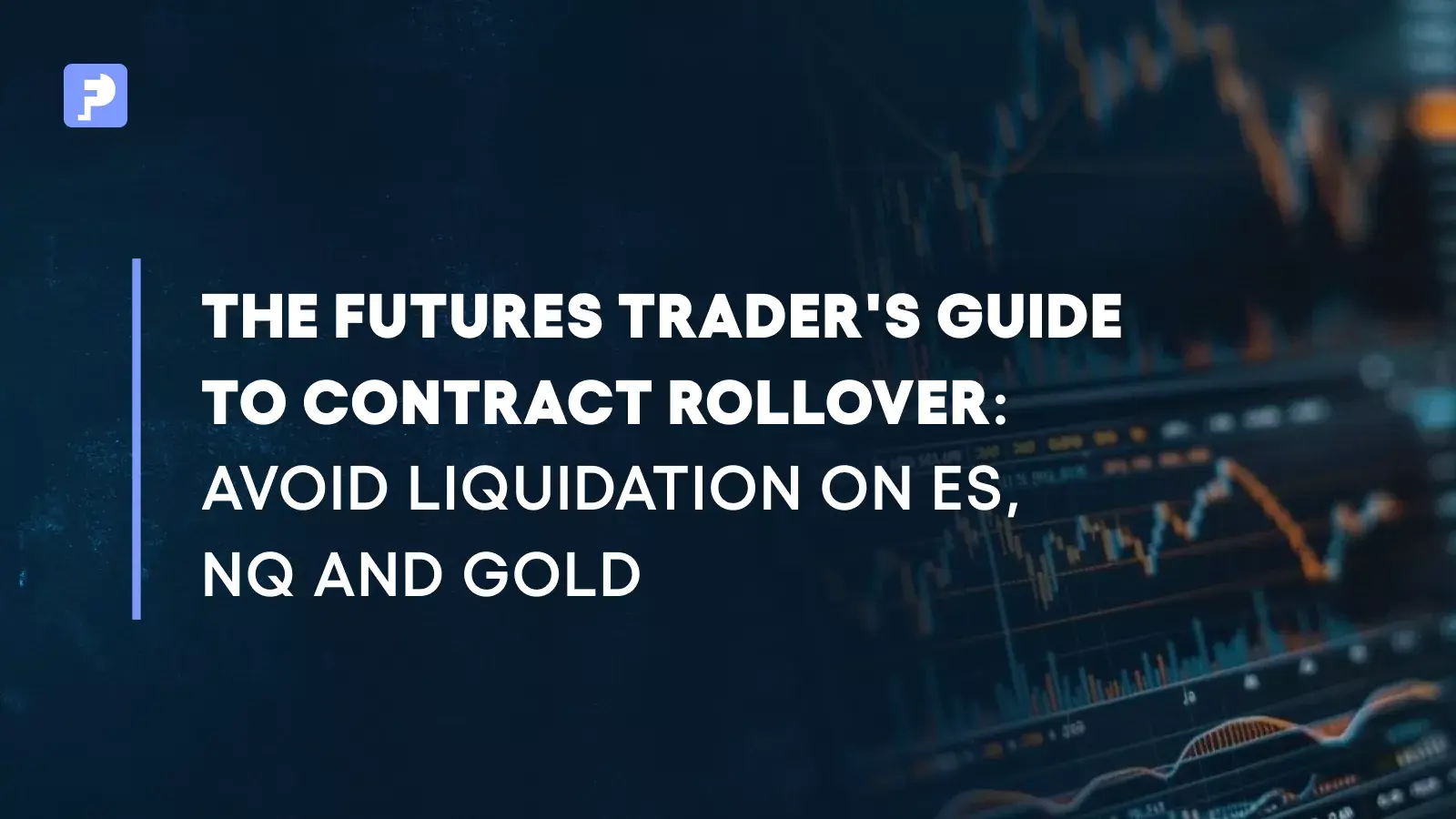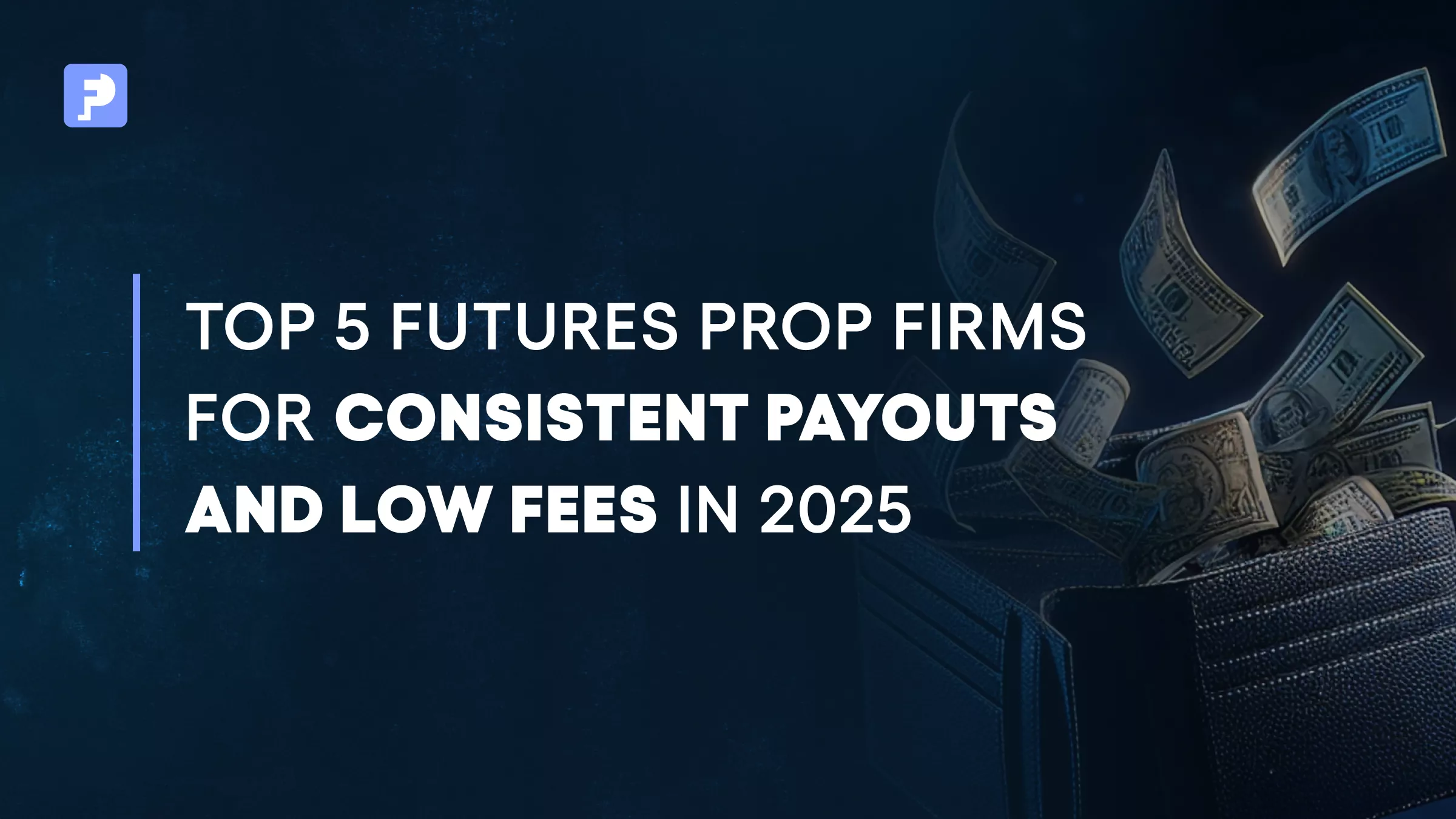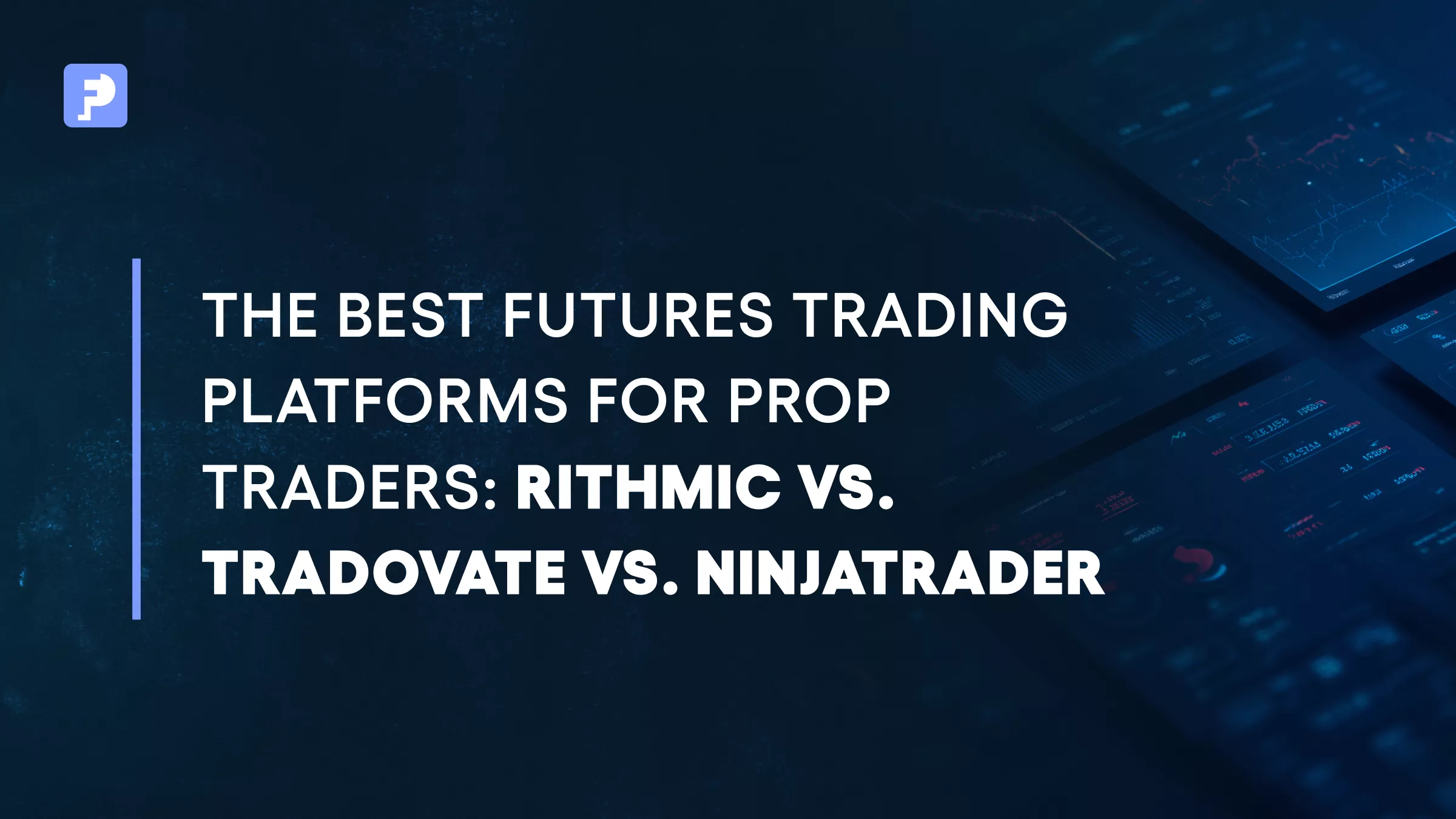
Spot Forex vs. Forex Futures: What’s the Difference?
The Essential Guide to Standardization, Transparency, and Professional Trading
Spot Forex and Forex Futures both facilitate currency trading, but they exist in two very different ecosystems. Spot Forex operates in a decentralized, Over-the-Counter (OTC) environment, while Forex Futures are standardized contracts traded on centralized, regulated exchanges such as the CME Group. For traders who take their craft seriously, understanding the differences in regulation, pricing transparency, counterparty risk, and contract structure is crucial. Moving to futures often represents a step toward institutional-grade trading practices and the standards required by professional firms like FunderPro Futures.Two Markets, One Goal — Why the Distinction Matters
If you’re building a long-term trading career, choosing between Spot Forex and Forex Futures isn’t a small technical choice; it’s a structural decision that defines your trading foundation. Both let you trade currency moves like EUR/USD or JPY/AUD, but they work in completely different market structures. Spot Forex offers accessibility and flexibility for beginners, while the disciplined framework of Forex Futures delivers the consistency and transparency required for professional trading. This guide breaks down how each market operates, highlights the differences that affect performance and risk, and explains why many traders eventually find futures to be the stronger, more professional environment.Understanding the Markets
What Is Spot Forex?
Spot Forex refers to the decentralized global market where currency pairs are exchanged with a T+2 settlement (two business days after execution). It is the most familiar market for retail traders. How Spot Forex Works: Spot Forex is an OTC market, meaning trades occur directly between two parties through broker networks and liquidity providers. Your broker acts as an intermediary, quoting prices from aggregated sources of liquidity. Key Spot Forex Characteristics:- 24-Hour Access: Continuous trading across global sessions (Sydney, Tokyo, London, and New York).
- High Leverage: Often up to 50:1 or 100:1, amplifying both profits and losses.
- Flexible Position Sizing: Traders can use micro, mini, or standard lots.
- Broker-Dependent Pricing: No single order book; spreads and quotes vary by broker.
What Are Forex Futures?
Forex Futures are standardized contracts that specify how much of one currency will be exchanged for another on a fixed future date. These contracts trade exclusively on centralized exchanges such as the CME Group, under strict oversight from regulators like the CFTC and NFA. How Forex Futures Work: When you trade a futures contract, you enter a transparent exchange order book where the clearinghouse becomes the buyer to every seller and the seller to every buyer. This removes counterparty uncertainty and guarantees trade integrity. Key Forex Futures Characteristics:- Standardized Contracts: Fixed size (for example, 125 000 EUR per Euro FX contract) and standard expiration months (March, June, September, and December).
- Centralized Trading: All pricing and order data are public and time-stamped through CME Globex.
- Mark-to-Market Settlement: Profits and losses are settled daily.
- Regulation and Oversight: Managed under clear rules by the CFTC and NFA.
- Rollover Management: Traders close or roll expiring contracts into new months. Learn more in Understanding Tick Size and Value in Futures Contracts.
Core Differences Between Spot Forex and Forex Futures
The design of each market shapes its risk profile, transparency, and professional potential.1. Regulation and Oversight
| Feature | Spot Forex (OTC) | Forex Futures (Exchange) |
|---|---|---|
| Regulation | Varies widely; limited oversight outside major regions. | Centralized and strict regulation by CFTC and NFA. |
| Why It Matters | Offshore brokers can lack transparency and protection. | Ensures price integrity, fair trading, and guaranteed settlements. |
2. Counterparty Risk and Settlement
In Spot Forex, your broker or its liquidity provider stands on the other side of your trade. That setup creates systemic risk if the broker fails. With Forex Futures, the exchange’s Clearinghouse is the counterparty for every trade. This centralized structure removes most counterparty risk and gives traders far greater confidence in their positions.3. Pricing Transparency and Price Discovery
Spot Forex: Prices differ across brokers, and there is no single market rate. Execution quality depends on your broker’s liquidity connections. Forex Futures: Every trade appears on a single, public order book where traders can see Level 2 data and market depth. Transparent pricing makes it easier to audit fills, measure slippage, and track performance accurately. For related insight, read End of Day vs Intraday Drawdown in Futures Trading.4. Leverage and Margin Requirements
Margin defines the capital required to open and hold a position.- Spot Forex: High leverage (up to 100:1 or more) encourages oversized trades and frequent margin calls.
- Forex Futures: Exchange-set margins (typically 10:1 to 30:1 intraday) enforce responsible sizing and proper capitalization.
Why Futures Matter for Serious Traders
At FunderPro Futures, we specialize in futures markets because they mirror the standards of professional trading.- Institutional Alignment: Operate on the same centralized exchanges as banks and hedge funds.
- Verifiable Performance: All trades are timestamped and auditable, building real credibility.
- Aligned Incentives: Brokers provide access, not opposing trades; profits and losses settle directly through the exchange.
- Structured Growth: Contract standardization reinforces consistent risk management and repeatable strategy design.
Practical Tips: Choosing Between Spot Forex and Forex Futures
| Consideration | Spot Forex | Forex Futures |
|---|---|---|
| Career Path | Accessible entry point for beginners. | Institutional-level credibility for professional traders. |
| Transparency | Broker-dependent pricing. | Public order book and verified data. |
| Risk Discipline | Easy to overleverage. | Built-in margin control encourages safer habits. |
| Management Effort | No rollover needed. | Requires active rollover management. |
Conclusion: Elevate Your Trading with Forex Futures
Spot Forex offers flexibility and convenience, but Forex Futures delivers the professional structure that supports lasting success. At FunderPro Futures, we believe serious traders deserve a market built on standardization, regulation, and transparency. Our funded-account programs follow these exact principles, rewarding skill, discipline, and consistency. 👉 Start your FunderPro Futures Challenge today and experience what it means to trade on a centralized, regulated exchange where transparency drives every decision.FAQs
Can I trade both Spot Forex and Forex Futures?
Yes. Many professionals use Spot Forex for short-term tactics and Futures for structured, longer-term exposure. Keep each account’s margin separate.
Are Forex Futures more expensive to trade?
Not necessarily. Transparent pricing and tight exchange spreads often reduce total costs compared with variable OTC spreads.
Do I need special software?
Yes. Platforms like Rithmic, NinjaTrader, or TradeStation connect directly to the exchange.
How do I know I’m ready for Forex Futures?
You’re ready once you’ve proven consistent risk control, studied futures contract standardization, and shown profitability in simulation.
All trading in FunderPro Futures takes place in a demo-style environment and in off-exchange futures.



